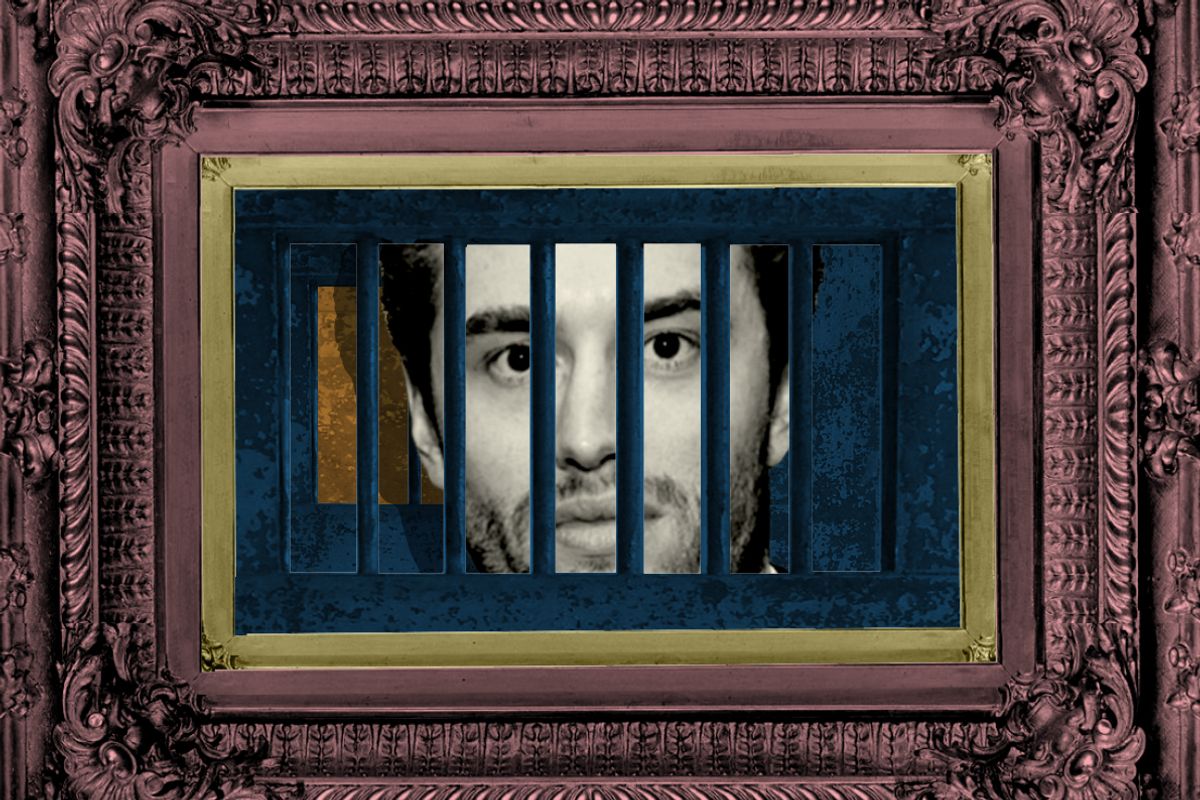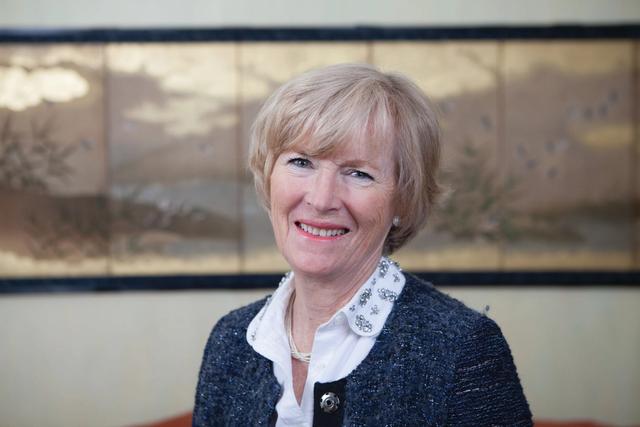“The [art] industry is corrupt from top to bottom. I suspect many more cases like this would appear if the art world were investigated thoroughly.” So said the attorney for Inigo Philbrick after he pleaded guilty in a Manhattan courtroom to defrauding clients of more than $86m.
Philbrick admitted selling the same works to multiple investors and then defaulting on loans. As furious creditors closed in on him, he legged it to the tiny Pacific island of Vanuatu, where he was snared (in flip-flops) and returned to the US to face the music.
Well, where to start? I was outraged by the lawyer’s statement, blackening a whole industry because of a single rotten-apple client.
Of course, there are cases of wrong-doing in the art market, as indeed there are in all industries. Yes, the likes of con artists such as Anna Sorokin (aka Anna Delvey), Andy Valmorbida and Angela Gulbenkian bilked clients out of their money.
So, I will remind you, did swindlers in other sectors: Bernie Madoff, Victor Lustig (he who sold the Eiffel Tower twice), and the man who gave his name to a whole fraud scheme, Charles Ponzi himself. Hello as well to all those deeply corrupt kleptocrats from the “Stans” who wash their ill-gotten gains through banks in London, New York and elsewhere. Then there are sport and gambling, two more sectors that have seen major scandals. Anywhere big money is involved, so crime will flourish alongside.
But for Philbrick’s lawyer to say that the art business is corrupt from top to bottom betrays an abysmal lack of knowledge of the industry. And as an added insult, he coupled this with a pathetic attempt to portray his client as a “symptom” of a corrupt system.
Balderdash.
Philbrick might have started out honest (I just don’t know) but judging from accounts by Kenny Schachter and others his early success went to his head. He seems to have got in too deep, resorted to fraud to dig himself out, and failed.
Now, I am not arguing that there is no wrong-doing in the market—in particular the top end. Its opaque deals and lack of transparency provide plenty of opportunity for fraud, forgery and the like. But underneath that narrow band of million-dollar deals you have another, much vaster hinterland.
It is populated with people making a perfectly honest living in a sector they love: working with art and artists. Dealers trying their best to promote their artists; fair organisers putting on the finest show they can; auction specialists researching works of art, professionals exercising their skills in restoration, authentication, conservation and much more.
To say the trade is rotten is insulting and erroneous. For every Philbrick and his kind, there are many more people like, to take just one example, Lisa Panting and Malin Stahl, who run the small Hollybush Gardens gallery in London’s East End. Their artist Lubaina Himid won the Turner Prize in 2017 and currently has a retrospective at Tate Modern. So please remember their hard work helping Himid on her way, over the words of a lawyer taking cheap pot-shots at the whole industry.
Art Market Eyecomment
Is the art market corrupt to the core? Balderdash.
An attorney in the Inigo Philbrick fraud case described the trade as completely rotten, I disagree
2 December 2021

Illustration: © Katherine Hardy

Art Market Eye
Georgina Adam, our editor-at-large, comments on major art market trends and their impact on the trade. Her column appears on the first Thursday of every month on our website and in our Art Market Eye newsletter in which our art market editors analyse the latest news and works coming up for sale. Sign-up here

